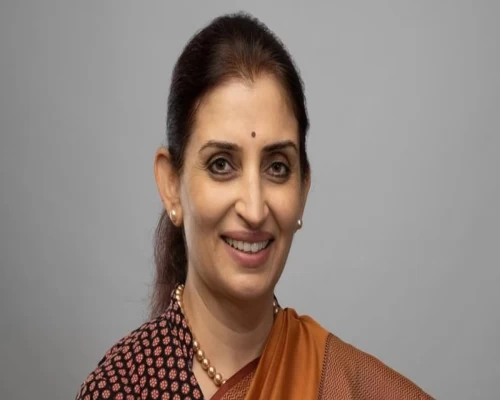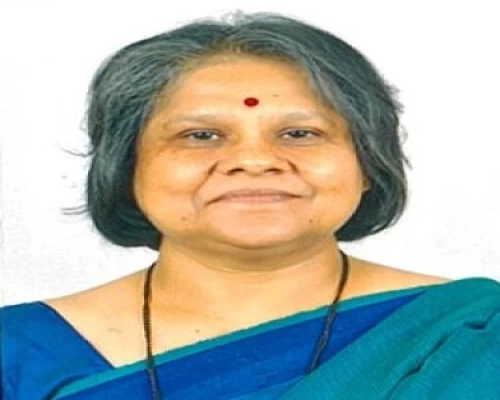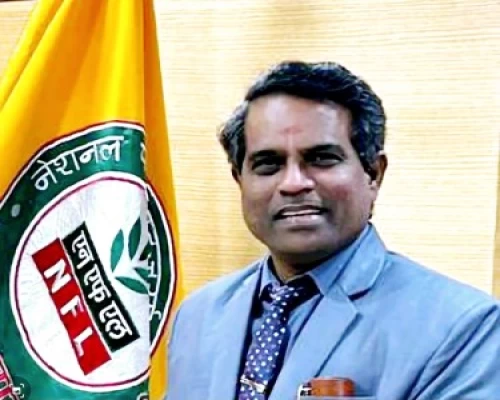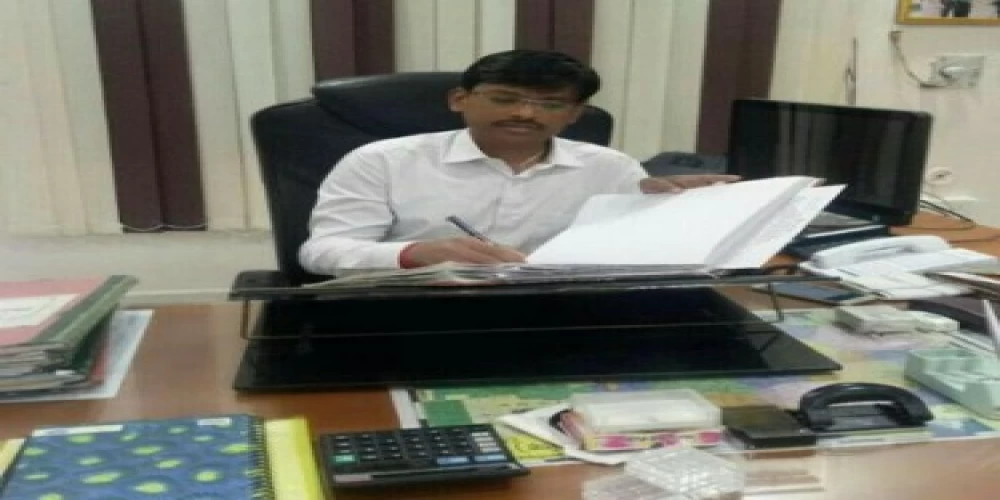
The Covid-19 crisis is not yet over but there is a sense of relief. The second wave of Covid-19 was more challenging as there was a sudden spurt in demand for oxygen. It was a huge challenge, which our bureaucrats handled so well. “The second wave of Covid-19 was certainly challenging. It was, however, gratifying for me to avert the crisis in Darbhanga as the District Magistrate,” says Dr Thiyagarajan SM, while sharing his experience as an IAS officer so far in an exclusive conversation with Sweta Bharti of Bureaucrats India. Read The Full Interview Here:
Tell us about your journey into bureaucracy?
I hail from Coimbatore in Tamil Nadu. I completed my MBBS from Coimbatore Medical College in 2008. In 2009 I appeared in the UPSC examination. In 2010 I qualified for the Indian Police Service (IPS). In 2011, I reappeared in the UPSC examination. I got the Indian Administrative Service (IAS) and got Bihar cadre. My first posting was as an Assistant Collector in Purnea. I was then posted as the Municipal Commissioner, Bihar Sharif, and then I was transferred to Nalanda as the Collector. Since 2019, I have been serving in Darbhanga as the District Magistrate.
Tamil Nadu and Bihar are very different culturally. How pleasant was the change?
Initially there was a cultural shock. I took some time to pick up the language. During my early days in the state, I was not fluent in Hindi. I got a lot of help from my District Collector Sarvan Kumar who is also from Tamil Nadu and my other colleagues. Bihar is very welcoming to the people from other states. It is a good cadre. People from the state being so welcoming made the journey easy.
As DM Nalanda you were awarded the coveted Prime Minister Award for Excellence in Public Administration.
In 2015, there was a central program for the electrification of villages across the country. In Bihar under the leadership of Chief Minister Nitish Kumar electrification was being done across the state on a war footing. When this mission was underway, I was posted as DM Nalanda. Setting up the electricity system in some areas of the district was a challenge. Through concerted efforts, we were able to achieve the target to electrify the entire Nalanda well ahead of time. Close to seven lakh households were electrified. As an appreciation for timely completing of this huge task, I was conferred with the PM Award for Excellence in Public Administration.
You are not new to getting appreciation and awards. Recently you were awarded with the title of ‘Champion DM’ by the state government for spearheading the vaccination drive against Covid-19 in Darbhanga. What was the process to carry out Covid-19 inoculation in the district?
We chalked out a proper plan to vaccinate maximum people in minimum time. Initially, the response to vaccination was not good. A lot of convincing and cajoling went into mobilizing people. We created a roaster for vaccination of every village.This roaster was disseminated among the public on a daily basis ensuring people know where the vaccination centres are. We involved all stakeholders like SHGs Jeevika, ANM, Rotary Club, Chambers of Commerce, and Bar Association. The flood was another challenge. ‘Teeke Wali Naaw’ was made functional in areas which were inundated. My team did a brilliant job, especially Deputy Development Commissioner Tanai Sultania.
During the second wave of Covid-19, the entire country faced a huge oxygen crisis. Tell us how this crisis was managed in Darbhanga?
We rigorously monitored the supply of oxygen to every hospital. We had only one oxygen plant existing in Darbhanga, which was catering to neighboring districts like Madhubani, Supaul and Purnea as well. We had a WhatsApp group of all hospitals in the district. We had a limit of 1000 oxygen cylinders for 24 hours. Each cylinder was precious and was used judiciously. We had one big oxygen crisis on May 5 around 8:30 pm.
We had one big oxygen crisis on 5 May around 8:30 pm. We got the information that oxygen plant had broken down. We rushed to the site and started making alternative arrangements to continue the supply of Oxygen till the oxygen plant became functional again. We informed state headquarters, requested neighboring district to provide requisite support. We contacted DMs of neighboring districts like Muzaffarpur, Samastipur, Purnia, Kishanganj and Begusarai to provide back-up Oxygen cylinders. A control room was set up in the oxygen plan premises, we camped there till situation improved.
Once we had arranged back up oxygen, we focused on fixing the oxygen plan. we connected with technicians from through WhatsApp video call. They guided the technicians in Darbhanga. Oxygen plant was fixed and made functional again by 4 am.
The government did everything possible to mitigate the impact of the second Covid-19 wave. There was a lot of anger among the public. How did you deal with that?
People’s involvement at every stage was very important. We involved doctors’ associations to create awareness among people. We leveraged our social media handles and kept on updating the people about steps being taken by the District Administration to mitigate Covid-19 crisis. This helped us gain the people’s trust. Similarly, we were diligently dealing with the people returning to their native place from the place of their works. We had set up quarantine camps which helped us in preventing the spread of the disease. Managing adequate facilities in these camps was a major challenge, which we handled so well.
Providing them with a job was another challenge. We started skill mapping in the district. Based on their skills, we started looking for job opportunities for them. One of our centres was producing Mithila masks. It was a huge hit. We contacted Amazon and started selling masks online. It received a wonderful response. It had a very high rating on Amazon and each mask was selling at a good price. Similarly, we started a carpentry unit, Mithila painting training, etc. We managed to provide jobs to a large number of people albeit not everyone.
.jpeg)
Apart from handling Covid-19 crisis, Darbhanga also had to prepare for floods. Give us an insight into what all preparations does the District Administration do for flood management?
Every year Darbhanga faces flood woes. Most of the rivers in Bihar enter from Nepal. Since Nepal is on the highlands and Bihar is a low lying area, it is severely affected during flood season. Just like several other districts in Bihar, Darbhanga too is affected by floods during monsoon. This district is saucer shaped. Any water that enters Darbhanga stays there for months.
To mitigate its impact and help those who have been affected, the state government has formulated a standard operational protocol. Every year we follow it to help those affected from floods. We relocate the families living in flood affected areas. We prepare a database of the people affected for distribution of ration, polythene sheets etc. Community kitchens are set up to feed those who have been relocated. Community kitchens are prepared to feed thise who have been relocated. Cumulatively we served 30 lakh meals in community kitchens during this flood season.
In Bihar, there is a provision of transferring 6k to flood affected families through DBT. This ensures money reaches directly in the bank accounts of affected people and no bank or middle men are involved.

What happens to those living in camps after flood water recedes?
During the floods people generally move to the nearest high land. Once the water recedes people move back to their homes. The government allows the people to stay in relief camps as long as they want. There is no restriction for that. We conducted regular tests at all these centres. Strategy was timely detection of anyone who is positive and taking necessary measures to curtail its impact. The standard operating procedure (SOP) was issued by the state government for carrying out Flood Protection Work this year. We followed the guidelines issued by the government. We provided lodging and food facilities to labourers on the site. I personally monitored the progress of work. Numerous video calls were made with field engineers to keep them motivated.
You have spent a decade in bureaucracy now. What has been the most gratifying moment so far?
There are many such gratifying moments! This service gives one so many opportunities to do good to the people. Managing the oxygen crisis earlier this year was definitely very gratifying for me. I recall one incident very fondly. In 2019 after being posted as DM Darbhanga I visited a very remote village by boat. A very elderly person came to me and said he hasn’t been able to avail benefits of government schemes. He was stressed. I assured him that his problem will be resolved, to which he said – ‘No District Magistrate has ever visited our village and talked to the villagers. Seeing a DM listen to our problems is enough for us.’ Seeing people’s respect and faith towards bureaucracy is often overwhelming. It is the biggest inspiration and motivation.






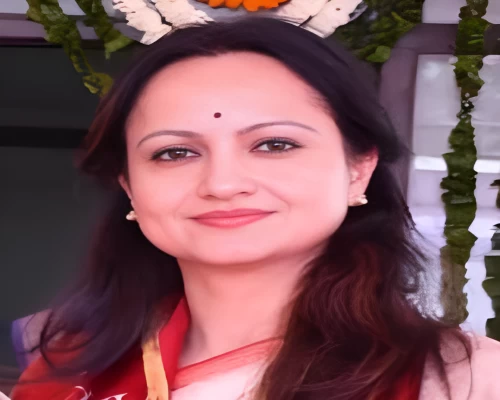
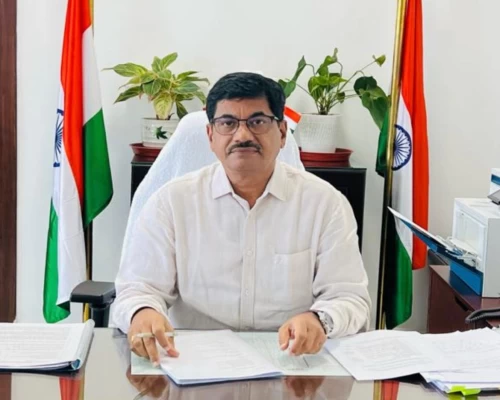

_500_x_400.webp)
